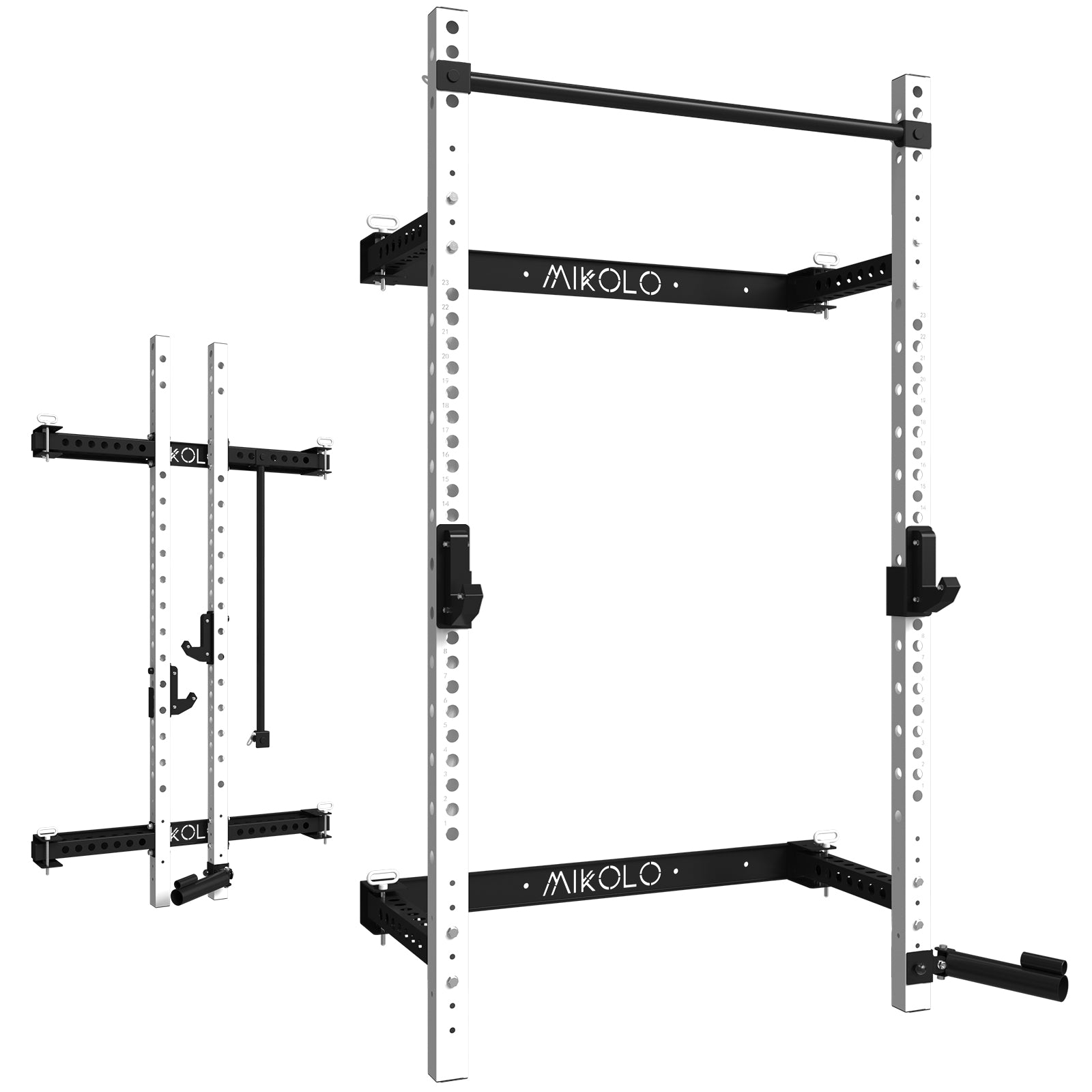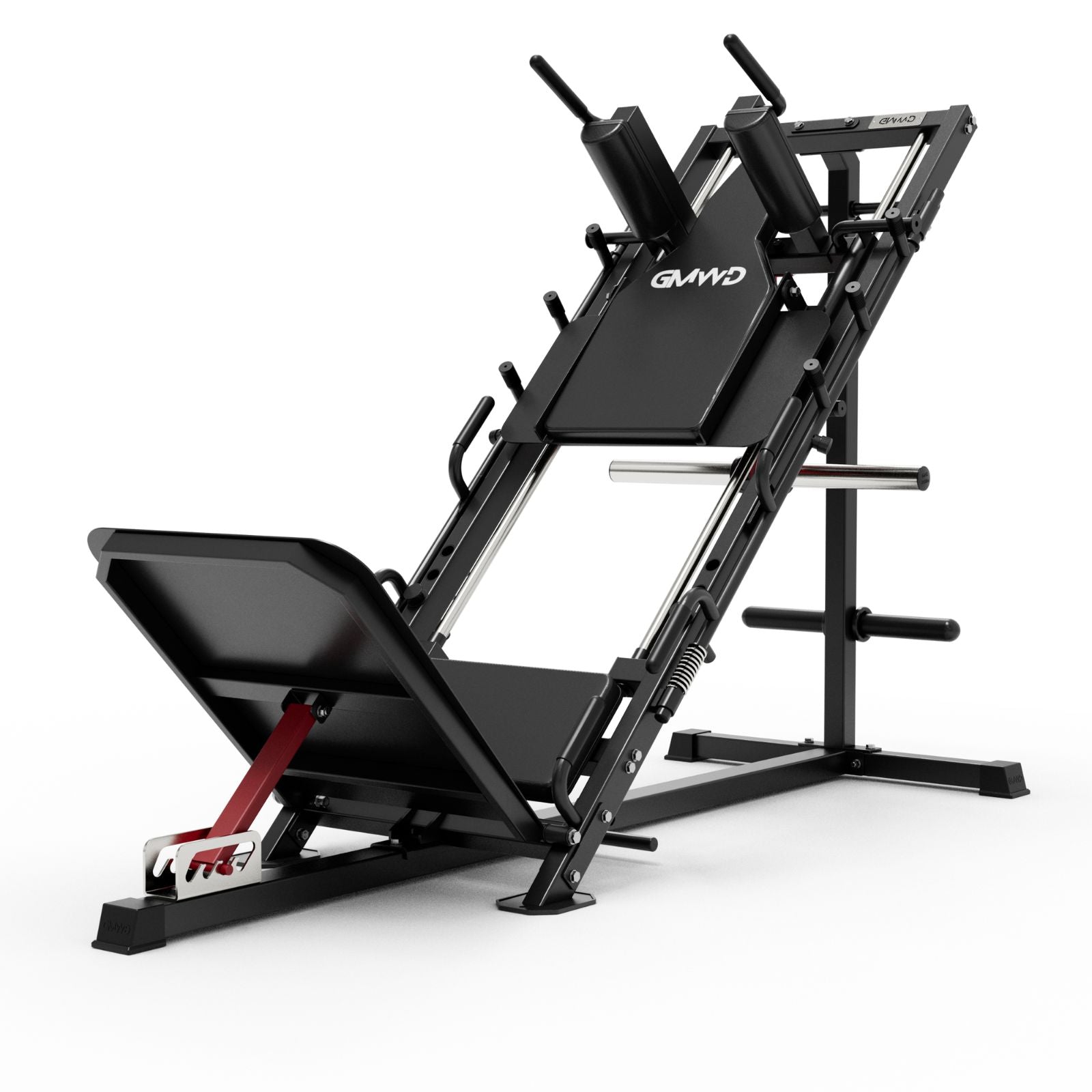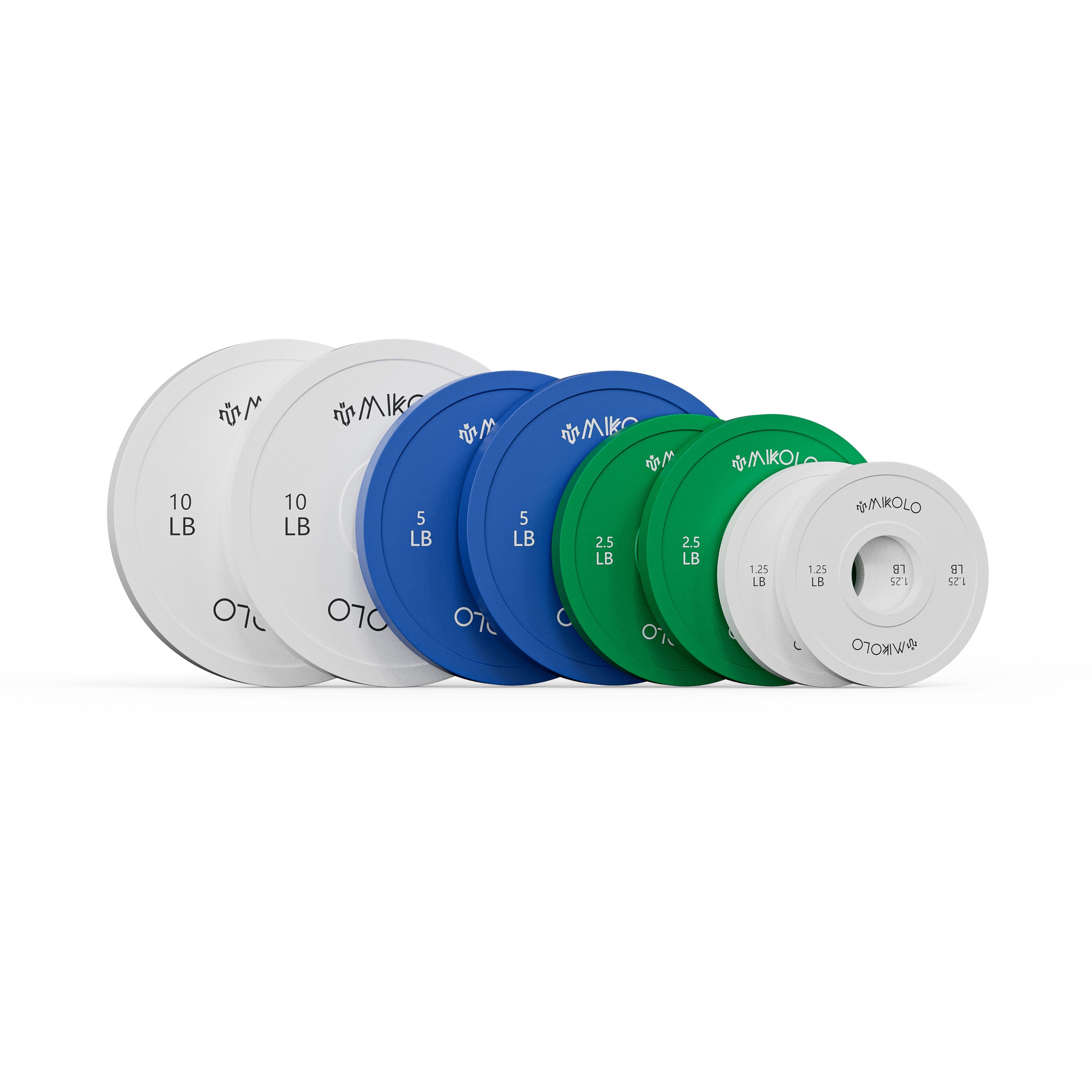Dumbbells are one of the most versatile tools in any fitness arsenal. Whether you’re a beginner looking to build foundational strength or a seasoned lifter refining muscle definition, dumbbells adapt to your goals. But what muscles do dumbbells work—and how can you use them strategically? Let’s break it down, muscle group by muscle group.
Upper Body: Precision and Power
Chest
Dumbbell bench presses, flyes, and incline presses target the pectoralis major and minor. Unlike barbells, dumbbells allow a deeper stretch and greater range of motion, activating stabilizer muscles and promoting balanced development across both sides of the chest.
Shoulders
The deltoid muscles—anterior, lateral, and posterior—are all challenged with dumbbell exercises. Shoulder presses, lateral raises, and rear delt flyes isolate each head of the deltoid more precisely than machines or barbells often allow.
Back
Rows with dumbbells (such as bent-over rows or renegade rows) strengthen the latissimus dorsi, rhomboids, and trapezius. Because each arm works independently, dumbbells help correct imbalances and recruit core stability throughout the movement.
Arms
Biceps and triceps get targeted attention with dumbbell curls, hammer curls, overhead triceps extensions, and kickbacks. The advantage? Natural wrist rotation throughout the lift, which reduces strain and improves joint alignment.
Core: More Than Just Abs
Dumbbells aren’t just for the arms and shoulders. Loaded carries, Russian twists, and dumbbell side bends train the obliques, rectus abdominis, and deeper core stabilizers. Core strength built with free weights translates into better posture, balance, and power across all lifts.
Lower Body: Strength and Stability
Legs
Goblet squats, lunges, and Romanian deadlifts with dumbbells work the quadriceps, hamstrings, glutes, and calves. Unlike machines that guide your path, dumbbells force your stabilizers and smaller muscle groups to engage, enhancing joint integrity and balance.
Glutes
Walking lunges, sumo squats, and single-leg deadlifts are particularly effective at building glute strength and symmetry. Using dumbbells in unilateral movements also helps identify and fix left-right imbalances.
A Personal Take
Years ago, after rehabbing a shoulder injury, I replaced barbell work with dumbbells for a season. What surprised me most wasn’t just the reduced strain on my joints—it was how much more connected I felt to each rep. My weaker side, previously hidden behind the bar, had nowhere to hide. Within months, my symmetry, control, and overall athletic performance improved more than it had in years. Dumbbells forced me to train smarter, not just harder.
Final Thoughts
So, what muscles do dumbbells work? In short: all of them. Their freedom of movement and adaptability make them ideal for building full-body strength, enhancing coordination, and correcting imbalances. Whether you're training at home or in the gym, dumbbells offer a smarter, more responsive way to shape your body and sharpen your fitness.
If you're not already using them as a staple in your routine, now’s the time to start. Your muscles will thank you.










































Leave a comment
This site is protected by hCaptcha and the hCaptcha Privacy Policy and Terms of Service apply.